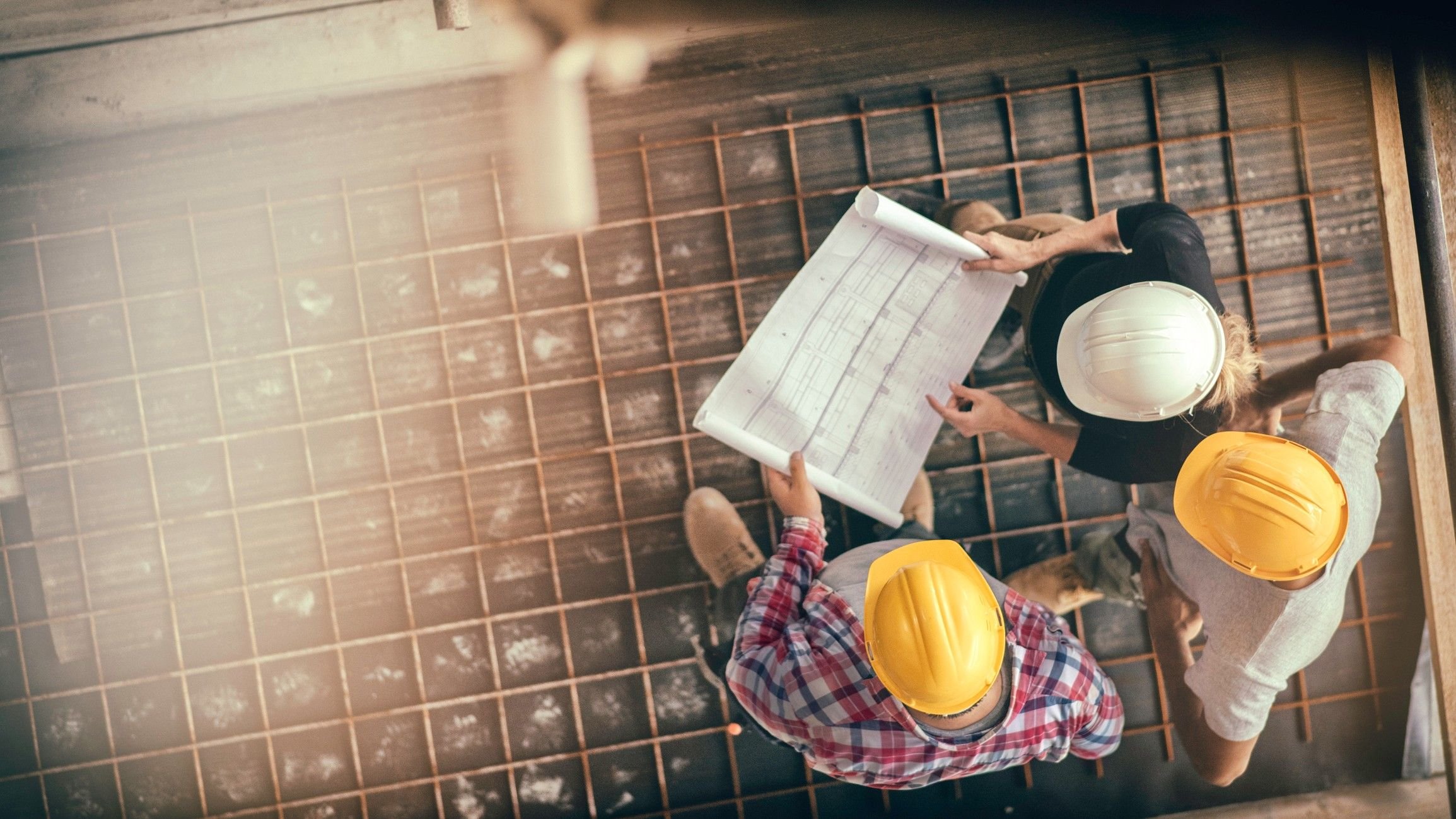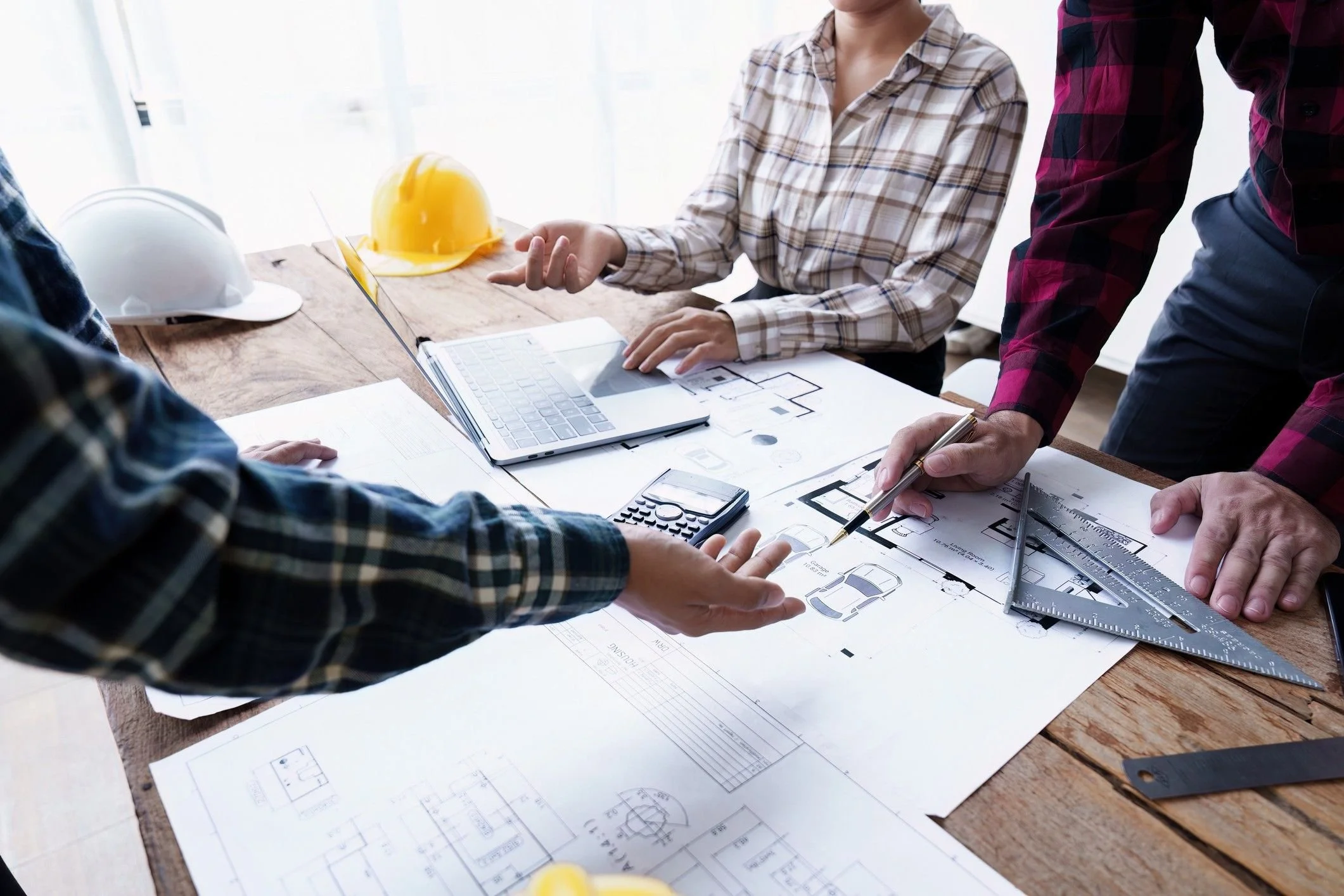[[bpstrwcotob]]

Chico State Breaks Ground on a Next-Generation Forensic Anthropology Laboratory
California State University, Chico has broken ground on its Human Identification Laboratory—a project that will triple capacity, modernize infrastructure, expand training and research, and strengthen statewide forensic anthropology support for law enforcement and public safety

Rhode Island Unveils Modern Laboratory to Advance Public Health and Safety
Rhode Island’s new State Health Laboratory in Providence replaces an outdated facility with a modern, flexible, and sustainable space that enhances public health capabilities, supports collaboration with academic and industry partners, and positions the state to respond to emerging threats with advanced technologies like genomic sequencing

Florida’s Semiconductor Growth Accelerates with NeoCity’s Multi-Use Lab
Osceola County’s upcoming 30,000‑sf Multi-Use Lab Building at NeoCity is a flexible, state-funded facility designed to support semiconductor R&D, attract multiple tenants, and serve as a central hub for Florida’s growing high-tech ecosystem

Designing Science Spaces That Balance Performance and Sustainability
Nucleus, a science facility shared by Scripps and Pitzer Colleges, demonstrates how thoughtful, human-centered design and high-performance systems can create a sustainable, energy-efficient science facility that balances operational functionality with ambitious decarbonization goals

Breaking Ground on Energy Innovation: RTI Scales Up Pilot Xcelerator
RTI International is expanding its Pilot Xcelerator facility in Research Triangle Park to provide flexible, pilot-scale infrastructure that accelerates the development and commercialization of clean energy technologies, including renewable fuels, carbon capture, and industrial decarbonization

Project Profile: The Ritedose Corporation
Ritedose Corporation is investing over $17 million to triple its cGMP lab footprint in Columbia, SC, adding new analytical chemistry and microbiology facilities that enhance efficiency, expand in-house testing capabilities, and support the company’s growing production capacity of 2.6 billion doses per year

When Labs Don’t Launch: Lessons from Recent Market Shifts
Lab redevelopment projects are increasingly being scrapped or repurposed due to market oversupply, shifting corporate priorities, regulatory uncertainty, financial risk, and timing challenges, highlighting the need for flexible design and careful planning

What’s Shaking?! Controlling External and Internal Vibrations in an Ultra-Sensitive Laboratory
At the 2025 Lab Design Conference, Michael Wesolowsky and Ryan Velasco showcased a case study on controlling vibrations in ultra-sensitive labs at CU Boulder, highlighting how careful site analysis, structural design, and collaboration ensure both scientific precision and occupant safety—a topic Wesolowsky will continue exploring in a hands-on roundtable at the 2026 conference

Lab Hub to Drive Blue Tech Innovation on the Great Lakes
The Freshwater Research & Innovation Center in Traverse City, MI, will combine labs, incubation space, and waterfront access to support education, research, and commercialization in blue tech, fostering sustainable freshwater innovation and economic growth

Show Off Your Lab! Enter the Design Excellence Awards
The Design Excellence Awards celebrate outstanding laboratory design by recognizing architects, engineers, planners, contractors, end users, and manufacturers whose innovative, safe, and sustainable projects exemplify technical expertise and forward-thinking vision—enter by December 5 for your chance to win
